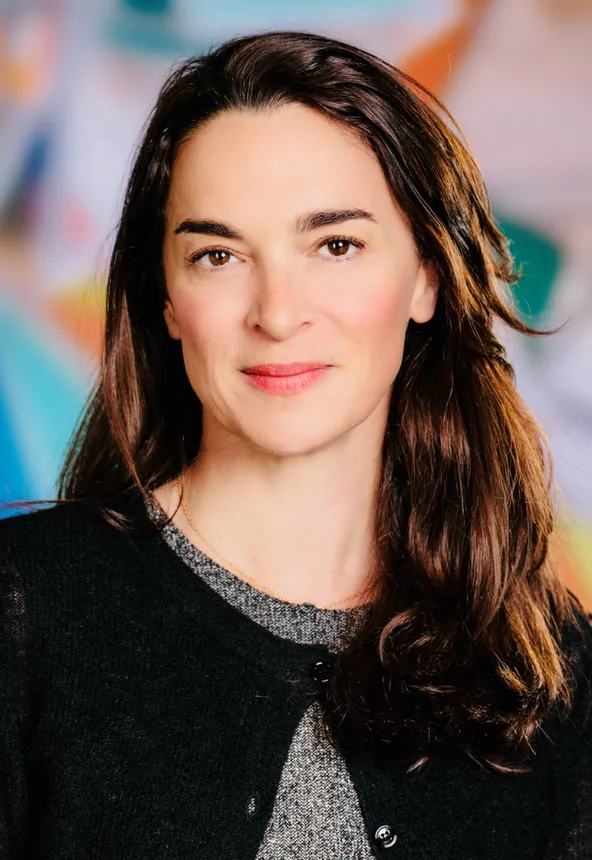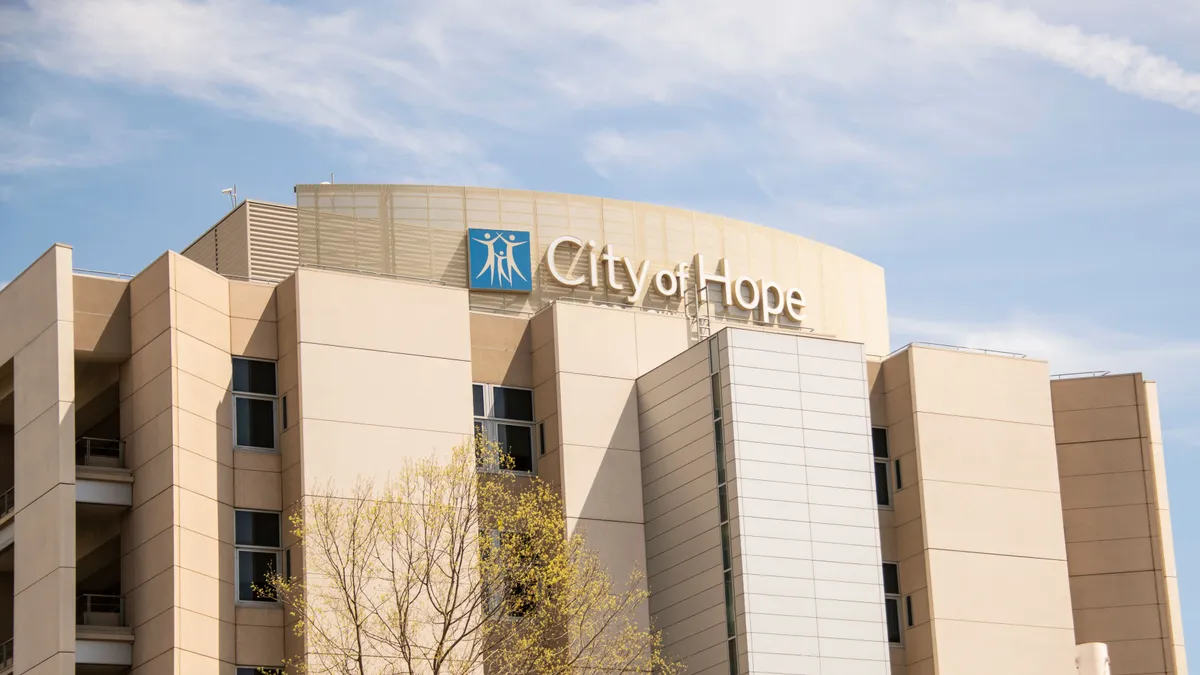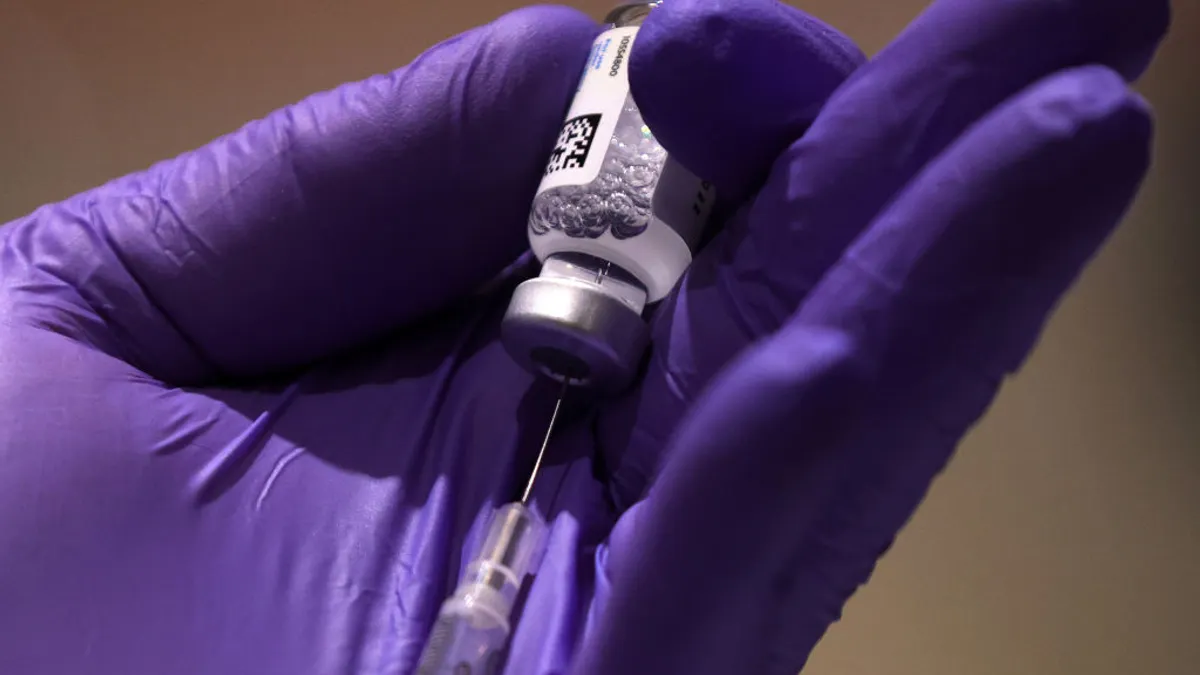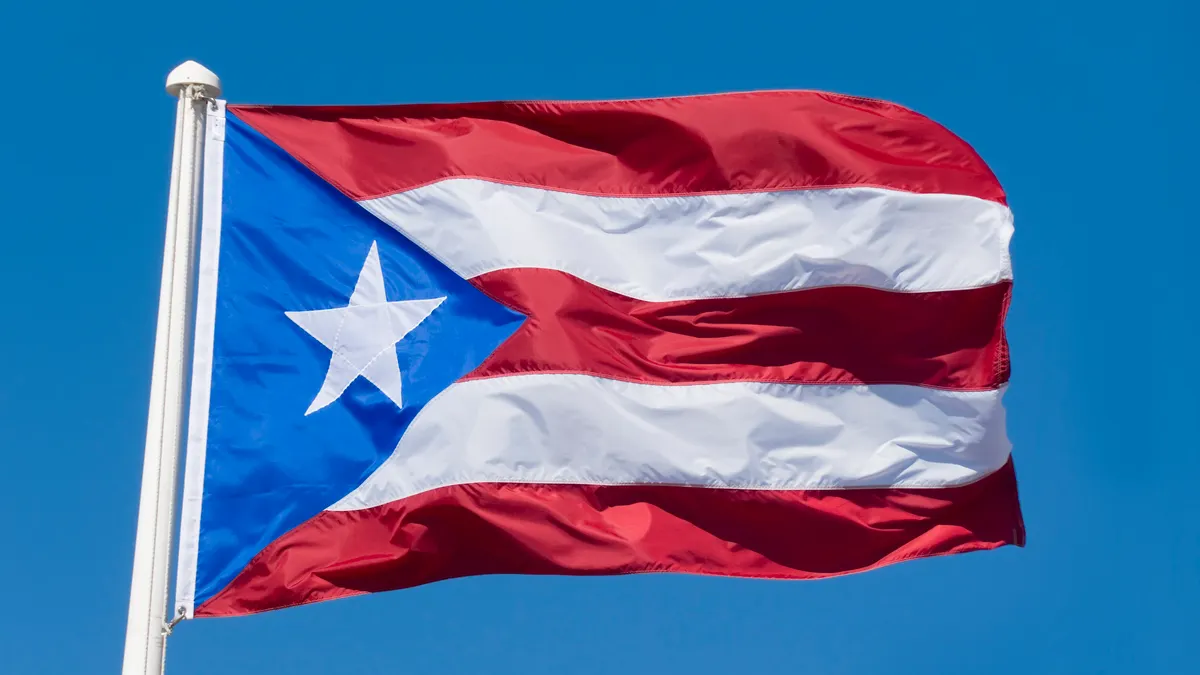New cancer treatments and even whole oncology drug classes are emerging at a faster clip than ever before. But as the medical community gets better at improving outcomes for those with access to those treatments, more patients are left behind.
While cancer mortality continues to decline in the U.S., incidence rates in young people have increased, and people of color are still more likely to die from the disease, according to the American Cancer Society. While the reasons are many, access to screening and care based on geography, awareness or proximity to a large medical institution is a major factor in a patient’s outcome.
“There is a disconnect between all the great breakthroughs that are happening and the ability for people to access those breakthroughs,” said Dr. Harlan Levine, president of health innovation and policy at the City of Hope cancer center. “The ecosystem we’ve created erects more barriers than it does enablers to help that.”
For example, access to genomic testing has improved potential outcomes for patients with metastatic non-small cell lung cancer, extending survival by years, Levine said. But he pointed out that only half of patients with the disease even receive the necessary genomic testing, and an additional cohort doesn’t get the correct treatment afterwards.
So, as treatments improve beyond the capabilities of local practitioners to provide testing and recommend therapy, certain groups of patients are left with older, less effective medicines.
“Cancer is different from other chronic conditions because of how fast the science is moving,” Levine said. “While there have been advances for diabetes, cholesterol and heart disease, they’re not advancing at the incredible lightning speed that cancer is.”
By developing a nationwide network of oncology specialists and community practitioners, City of Hope aims to narrow the gap caused by a lack of access to advancing medical knowledge.
‘The gap is widening’
While an understanding of genomics has driven oncology forward at a faster pace, that’s only helpful to the patients who can access those technologies, Levine said. For the others, “the gap is widening, and it’s going to widen more,” he said.
“There are going to be longer-term solutions that need to address social determinants of health and societal issues that are barriers — those are important but they are going to take a long time,” Levine said. “In the short term, we need to recognize that the systems we have in place, the ones we put under the banner of ‘value-based care,’ are actually exacerbating the issue.”
“If you started from scratch, you would never create a system that took one of the scariest diseases with a high mortality rate and subjected a patient to only one physician who may or may not be familiar with that specific problem."

Dr. Harlan Levine
President, health innovation and policy, City of Hope
But the shorter-term systemic problems, such as a lack of knowledge-sharing among oncologists, are easier to reverse, Levine said, and it begins with defining what value-based care means to the patient, including survival, functionality, return to normalcy, coordinated care and more. For cancer care in particular, creating networks of physicians, from local to large-scale, can increase access to both the newest technologies and, in some cases, clinical trials that can also serve as a cost-savings measure.
“Almost every oncologist I know has good intent, and they want to do the right thing for their patients — but information is slow to diffuse,” Levine said. “The system is set up [so] that your group may not offer these tests, and sometimes it’s hard to incorporate high-cost drugs into your practice.”
Widening that network could help oncologists nestled in smaller communities access the same information as a top-level researcher at a cancer center, Levine said.
“By connecting academic and community oncologists through a network, you create the opportunity for information and new knowledge to transmit faster, and you raise the bar for the entire community,” Levine said. “What we really ought to be doing is creating an integrated ecosystem that has the patient’s best interests in mind as opposed to just driving down the cost.”
City of Hope has taken steps to develop a network of oncologists around the country to share best practices for care, and Levine said employers are buying into that program as a way to level the playing field between ZIP codes. The organization provides services to more than 400 large employers — in fact, as City of Hope outgrew its own capacity to provide specialists, it formed ties with cancer centers like the Dana Farber Cancer Institute, the Sidney Kimmel Comprehensive Cancer Center at Johns Hopkins, the Winship Cancer Institute of Emory University, the Fred Hutchinson Cancer Center and more.
“If you started from scratch, you would never create a system that took one of the scariest diseases with a high mortality rate and subjected a patient to only one physician who may or may not be familiar with that specific problem,” Levine said. “So this is a fix to that system that has fallen behind because of how fast the field is changing.”
Among the technologies making this possible, of course, are telehealth for communication and AI and machine learning for information gathering and organization, Levine said.
And when it comes to getting the message out about new therapies, the pharma companies that developed them play a critical role in sharing information with practitioners.
“I would support innovative models that aren’t pushing drugs, but they’re pushing information,” Levine said. “Then oncologists can make better choices about some of the new therapies that are out there.”
Expanding on a global scale
Disparities in cancer care are even starker at the global level because of wealth gaps between countries and the logistical challenges faced by drugmakers and providers in access to infrastructure and coordination.
Pharma giant Bristol Myers Squibb is taking steps to reach 200,000 patients in low- and middle-income countries with a dozen medications, including cancer treatments like the checkpoint inhibitor nivolumab, which is called Opdivo in many markets.

Last month, Bristol Myers, along with the Access to Oncology Medicines Coalition, committed to providing access to nivolumab over the next 10 years, said Emma Charles, senior vice president of intercontinental markets at BMS. While it is beginning with cancer centers in Pakistan, Rwanda and Zambia, the company plans to expand into 15 more countries, Charles said, making use of the direct-to-institution pathway for quicker access and cost control.
“For example, in Pakistan, we currently have about 30 to 40 patients treated because we’ve signed an agreement with an oncology center where we can provide our product at nonprofit cost,” Charles said. “When you’re talking about very sophisticated medicine, you need to make sure the infrastructure is in place and that the product is administered in a safe way for the patient.”
For Big Pharma, extending into new markets widens the patient base for a medication even if the initial return is low due to local reimbursement structures and nonprofit access.
“We are looking at where the epidemiology is and where the need is in that eligible patient population,” Charles said. “And so we partner with the local authority to enable those treatments to be on the listing of national reimbursement.”
And while access to treatments continues to be a growing issue, pharmas like Bristol Myers say they want to be part of the solution.
“It’s important that we do what we say we’re going to do and execute on this commitment,” Charles said. “We need to continue to work on the channels we’ve opened and accelerate on what is a very ambitious goal.”





















